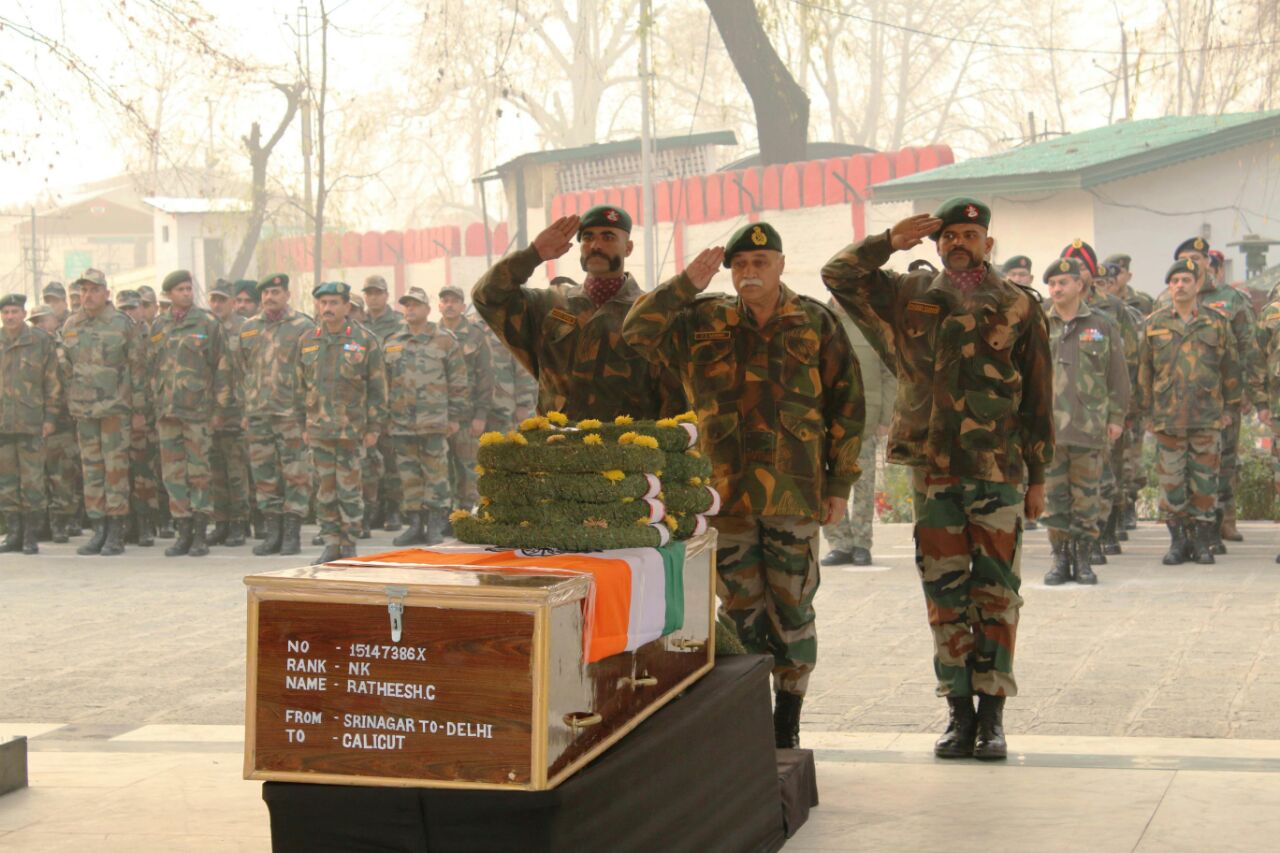News Kashmir Exclusive
With the detection of two cases of H1N1 Influenza in Jammu and Kashmir recently , prompting the government to step up measures in place to tackle the flu the alarm bells have started to ring.
Last year, Swine Flu 109 cases of Swine Flu were detected in the State with 16 deaths till 20 March.
the Jammu and Kashmir Health department collected 43 samples of suspected H1N1 patients on Friday, out of which two turned out to be positive.
“We collected 43 samples of suspected H1N1 patients in Jammu and Kashmir yesterday. Of these two are positive and 31 negative and reports of 10 samples are awaited”, a senior officer of the Health department said.
In view of the again surfacing of swine flu cases, Governor N N Vohra on Friday reviewed the preparedness of the Health and Medical Education Department in dealing with the problem.
“The state has geared up to deal with H1N1 flu. The preparedness to tackle H1N1 flu in the State has been reviewed and measures put in place”, Commissioner Secretary Health and Medical Education department, Dr Mandeep Bhandari said.
As per the situation report on H1N1 Flu status provided by the Secretary Health and Medical Education, a total of 32 samples of suspected patients were collected in Jammu division and 11 in Kashmir division, the department officer said.
Pertinently, few months back Doctors Association Kashmir (DAK) had sounded Swine flu alert in valley and cautioned public against it.
“In a study published in Cell Host and Microbe, 2014 Indian H1N1 virus has undergone mutation that possibly made the virus more virulent and contagious and might also allow it to elude the existing flu shots that cover 2009 pandemic strain,” Dr Nisar Ul Hasan, President, DAK, said in a press statement and added, “Vaccination is the single best way to protect people from flu and even if the virus has changed, vaccine can still protect people because of cross protection.”
The doctors’ body said that several lives were lost in last flu season in Kashmir as health authorities were caught unaware and they ignored the situation for a long time. It may be noted that infants younger than 6 months are more vulnerable to infection. It has also been advised that adults should get vaccinated before flu season begins.
In an exclusive interview with The News Kashmir Magazine, Doctor Bashir Gaash one of the pioneering, efficient epidemiologists of Kashmir valley talking on the issue had stated –“All the flu viruses that are currently spreading in the world arise from any place with big farms of swine and birds being reared together. In such places the flu viruses living in the throats of the three (pigs, birds & men catering to them) interchange and can give rise to a new virus. People don’t have resistance to such newly produced viruses and get infected immediately. That is the reason behind global epidemics at periodic intervals (3-5 years cycle). Most of the global epidemics (called pandemics) have risen from China or other countries of the East Asia, but this new pandemic, which started in 2009 is from Mexico.
The new virus selects a carrier and method of spread: The Avian Flu (bird flu) can be transmitted by birds to birds as well as to human beings. The rate and intensity of spread is low in bird flu but once human beings get it there are chances that 50% of the patients cmay die. That means in bird flu less people become infected but once infected half of them can die. On the contrary, the main route of spread of ‘swine flu’ virus is man to man, so any person can get infected easily, but only a few will get serious disease. It is easier to curb bird flu (culling of birds and ban on import/export of birds) but difficult to control ‘swine’ flu since we can’t ban travel of human beings from one region to another.”
Dr. Bashir Gaash had added-“Our state has Disease Surveillance & Epidemic Section at the respective Directorates of Health at Jammu as well as Srinagar. The section at Jammu is not as developed as in Srinagar. However that in Srinagar is well-staffed and well-equipped. There are highly qualified epidemiologists. And, in Barzullah, a State-level Public Health Laboratory has been established as early as 2007. A separate virology section was demarcated, and a qualified microbiologist posted for epidemiological and disease surveillance work. One of the epidemiologists has been trained in the Tropical Karolinska Institute of Amsterdam, and the microbiologist got trained in no less an institute than Johns Hopkins, Baltimore. In addition, we have a videoconferencing hall with automatic cameras for immediate videoconferencing with the World Health Collaborating Centre for Southeast Asia (the National Centre for Disease Control, Sham Nath Marg, Delhi) so that daily conferencing could be held between the State and district health officers and the experts at the National Centre.
The public health laboratory and the emergency video-conferencing centre were established in my period as State Surveillance Officer. Both the epidemiologists have worked as my deputies and have proved their worth. However both the centres were rendered functionless after my retirement in 2010. The grave error the previous government committed was to transfer the microbiologist to NRHM which deprived the Public Health Lab of an experienced public health microbiologist which overtime got denigrated to just another district level laboratory.
The primary responsibility of predicting, preventing and controlling outbreaks lies with the Directorate of Health Services and not with SKIMS or the GMC. The tertiary care hospitals are for managing serious patients, but lack the necessary infrastructure as well as doctors qualified in tackling epidemic prone diseases. There are no isolation wards, no dedicated ventilators for infective patients, and no coordination between the institutes.
I can say without fear of being contraindicated that the Directorate of Health services, particularly in Kashmir, has failed in its preventive endeavors.”
Undoubtedly, Swine Flu is sounding once again alarm bells in J&K.


